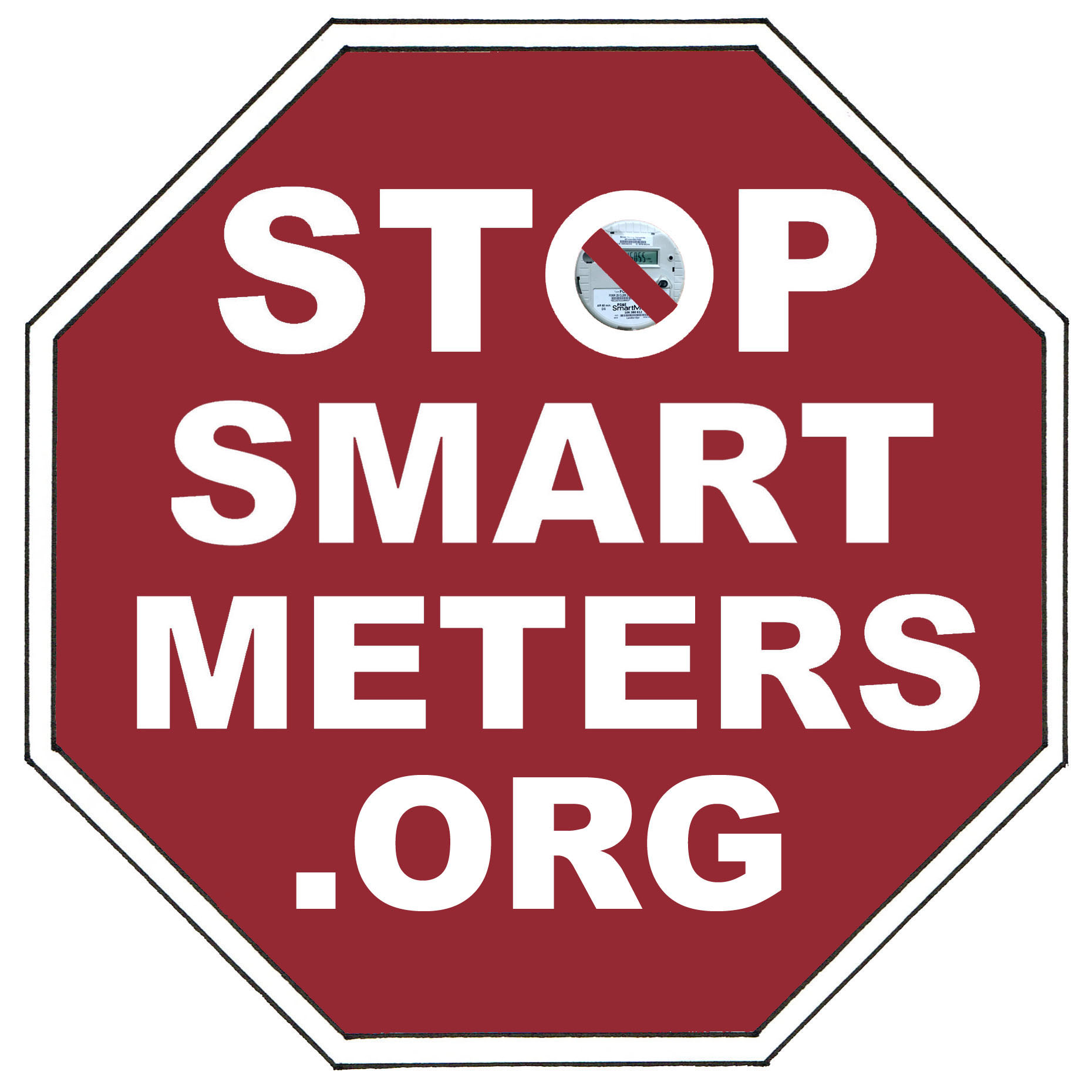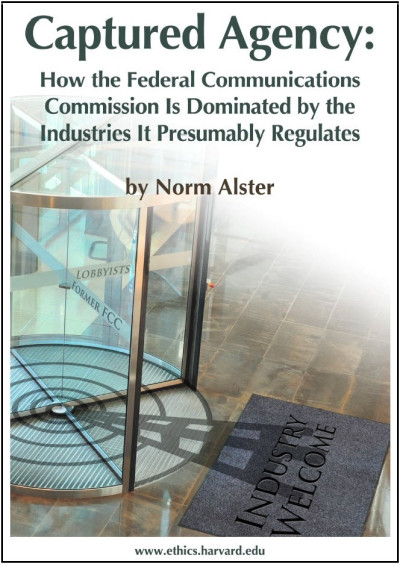City and County Ordinances Challenge PG&E’s Undemocratic Assault on Ratepayers
This morning, the California Public Utilities Commission (CPUC) released the report of an investigation into widespread accusations that PG&E’s so-called ‘smart’ meters are inaccurate and routinely overcharge customers, finding that the meters are “accurate.” Nevertheless, there is growing alarm over documented health impacts from the new meters that has in part led 20 cities and counties throughout California to demand an immediate halt to smart meter installation.
Despite PG&E’s claims that Smart Meters are safe, no pilot program or independent study has ever taken place to evaluate the acute and long-term health, safety and environmental impacts from multiple meters, or the wireless infrastructure and mesh network in which the meters operate. Scientific studies linking wireless radiation to brain tumors and other adverse health impacts have led to local laws being passed in Fairfax and Watsonville that ban smart meters completely. Short-term health impacts include headaches, sleep problems, dizziness, heart palpitations and stress.
“The installation of smart meters should be halted due to the associated health and environmental risks to our communities” said Stephany Aguilar, Council Member for the City of Scotts Valley. “My being electrically sensitive reinforces my belief that people have a right to be safe in the homes. It is also imperative that we be provided an accurate accounting of our energy usage.”
According to Sandi Maurer, founder of the EMF Safety Network, “Forcing more wireless technologies on an already over-burdened RF polluted environment (from cell towers, cell phones, DECT phones and wi-fi) in the name of a green economy and climate protection is a disaster for public health and the environment.”
Questions have also been raised about the accuracy of the report itself. The independence and neutrality of Structure Group, the consultants hired to carry out the investigation commissioned by the CPUC has been called suspect. PG&E has been one of Structure Group’s major U.S. clients for at least the past decade, including consultation regarding smart meters, and continues to be a major client of Structure Group. Thus, there is an obvious conflict of interest in them performing the PG&E investigation for the CPUC.
The investigation also ignores the many other serious problems with the ‘Smart’ Meter program, including privacy violations, vulnerability to hacking, fire safety, interference with electronic equipment, and higher carbon emissions. Customers are being told they cannot opt out, even for documented health reasons.
According to Lawrence Bragman, Vice Mayor of Fairfax, a Marin town which has banned the meters, “This is not a democratically deployed system. It is being forced upon us by a series of undemocratic decision-makers. And the trustees of the information collected will be a series of corporations.”
Because of all of these factors, upset customers have been effectively blocking trucks attempting to leave the installation subcontractor’s staging areas, slowing or halting their work. Joshua Hart of Stop Smart Meters! who risked arrest to stop deployment of the meters, says: “The time is right to intervene in order to protect ourselves from the health damage, increased rates, and invasion of privacy that these meters are responsible for.”
The following local governments have demanded a halt to the ‘smart’ meter program:
City and County of San Francisco, Santa Cruz and Marin Counties, and the cities of Sebastopol, Berkeley, Cotati, Fairfax, Santa Cruz, Piedmont, Scotts Valley, Capitola, Watsonville, Sausalito, Belvedere, Monte Sereno, Novato, Richmond, Ross, Bolinas, and Camp Meeker










Is there a time frame as to when this investigation will be complete?
Hi Virginia, The study you should read is at http://sagereports.com/smart-meter-rf/ That is an independent study looking at the health impacts and levels of radiation coming from the meters. The CCST report- commissioned by the state legislature- was carried out by an industry group who has a vested interest in continued sales of wireless devices- therefore the conclusions cannot be trusted. Sage Associates report pulls from the peer-reviewed literature and their own calculations to determine health risk, which remains substantial.